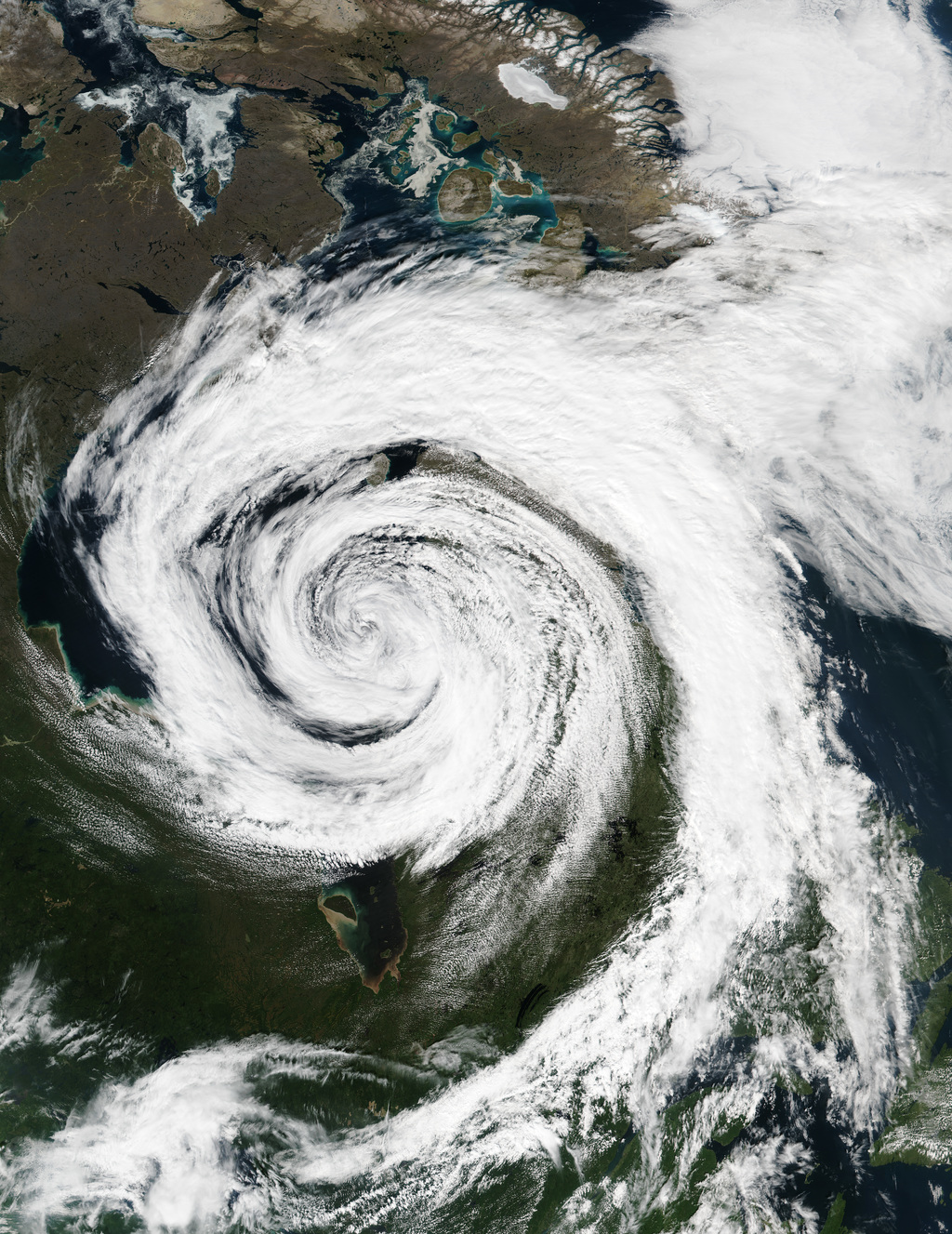Caiclone
Tracking extra-tropical cyclones with Fourier Neural Operators

Extratropical cyclones influence and drive our global climate system. Extratropical cyclones can produce extreme weather events, causing flooding and storms at some locations and droughts at others. Climate models still struggle with simulating extratropical cyclones and especially their regional effects for different climate scenarios. For climate adaptation, it is however, crucial to know how the intensity of extratropical cyclone will develop for different temperature gradients. Machine learning methods can help in this process to accelerate and advance extratropical cyclone prediction. As a first step towards this goal, we are currently creating a dataset consisting of temperature gradient precursors and cyclone labels. The dataset uses cyclone tracks recovered from simulations by Hodges tracking algorithm. The “caiclone” dataset will make it possible to evaluate different machine learning models on extratropical cyclone image classification tasks. As baselines we propose CNN and an adapted Fourier Neural Operator architecture.
Image: Extratropcical Cyclone over the Hudson Bay captured by Suomi NPP in 2016, stored in NASA’s Visible Earth catalogue.